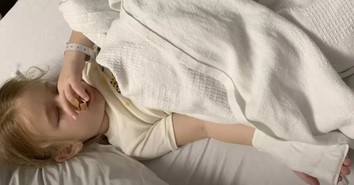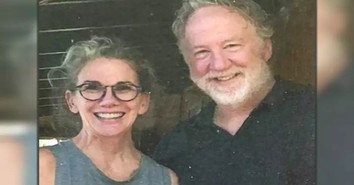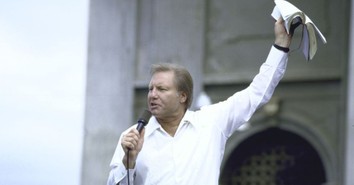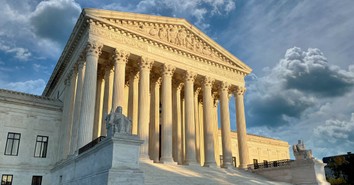Report Claims Church Paid People to Fake Medical Miracles
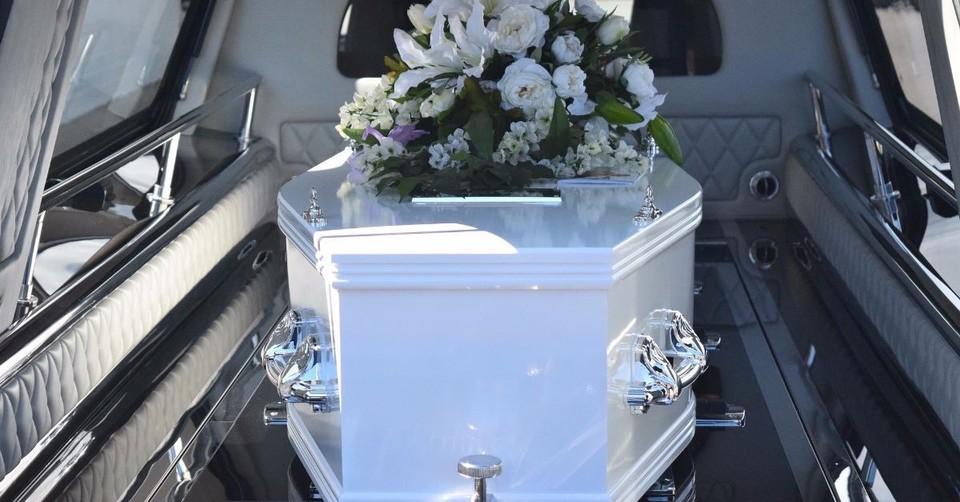
After a video of a man being raised from the dead went viral, an investigation found that one South African Church paid people to pretend that the pastor performed miracles on them.
According to Church Leaders, South African news channel funded by the South African Government, SABC1, began to look into Pastor Alph Lukau and his Alleluia Ministries International church (AMI) after a video began circulating the web in February of a man named “Elliot” who was supposedly resurrected.
The video shows Elliot lying in a coffin surrounded by hundreds of people during a church service, some who were claiming to be his family members and one claiming to be his landlord. As the man laid in the coffin with his eyes wide and mouth gaping, Pastor Lukau asked the people claiming to know him how and when he died. One woman who said that she was the man’s landlord, told Lukau that Elliot died on Friday because he could not receive medical care. At that, Lukau placed his hands on the man – who was already visibly breathing – and yelled: “Rise Up!” Elliot immediately sat up and Lukau along with several other men removed him from the coffin. Lukau can then be heard yelling into a microphone, “The dead man is alive! The coffin is empty!” A woman also holding a microphone then yelled, “Jesus! This is what you call an uncommon miracle!”
The video, which has now garnered over 900,000 views, was immediately pegged as fake by some, while others believed they had witnessed a miracle.
This prompted SABC1 to look into AMI and what they found was that this was not the first miracle to be staged by the church.
According to Church Leaders, in the investigative report segment, “SABC1 talked to several people who claim that AMI pays people to act as though they have disabilities and then pretend to be healed from them.”
One example is of a woman named Samantha Revesai. Revesai attending AMI one morning looking for prayer. She had been out of work for some time and needed money to make ends meet. Revesai was instructed to return to the church the next week and they would help her. When she arrived, they handed her two pieces of paper, one which was reportedly a forged medical document claiming that she was HIV positive and another document claiming that she was healed. The instructions were clear. Revesai would be paid to pretend that she was cured of HIV.
SABC1 also reportedly interviewed someone who used to be on the inside of the fake miracle scheme. Church Leaders said that a man named Blessing Kwemelao, claimed that he used to recruit people to participate in the fake miracles for AMI.
The news outlet also decided to identify the man in the “resurrection” video. Reportedly Elliot’s coworkers and neighbors claimed that this was not the first time he had worked with the church to make money. One person from his neighborhood even pointed out that no one in the neighborhood had a landlord, noting that the woman claiming to be his landlord was lying.
SABC1 also found that there were no calls made to medical professionals about a death in the area on the day Elliott allegedly died. There was also no autopsy report or death certificate for his body.
Bishop Paul Verryn with the Methodist Church of Southern Africa told Church leaders that he was horrified by the actions of AMI. Verryn said, “To use that vulnerability for any kind of religious gain, which is false, I quite frankly think is criminal.”
AMI is maintaining its innocence despite the evidence presented by SABC1. A spokesperson for AMI, Busi Gaca, told SABC1 that it was “ridiculous’ for people to believe the miracles were staged. Gaca said, “So anybody to then allege that the miracles we see, whether it’s in the church or on the street, are either staged or people are paid for, I think that’s ridiculous.”
AMI shared a letter on Facebook from their attorney’s office to SABC1 about their investigative report. AMI is claiming that SABC1 violated the “Broadcasting Complaints Commission of South Africa Free-to-Air Code of Conduct” by not allowing the organization to defend themselves in the program.
Photo courtesy: Pixabay
Originally published March 14, 2019.




